Even before Russia commenced full-scale war against Ukraine, the situation Roscosmos had left much to be desired. Under pressure from competitors (mainly SpaceX), the state corporation just in a few years had lost much of its position in the global launching market, which once seemed unshakable.

Only few large commercial contracts constituted a lifeline for Roscosmos, allowing for the time being to mask the unenviable state of affairs and the gradual decline of the Russian aerospace industry. But the war tore off all masks. Roscosmos instantly lost almost all the opportunities that remained at its disposal. All that left for them in the near future is the launch of Russian military and paramilitary satellites and the maintenance of the ISS without much hope for any new major contracts or landmark missions. But let us go step by step.
Contract with OneWeb
The contract to launch of OneWeb satellites was rightly considered one of the main victories of the state corporation in recent times. In the period from 2019 to 2021, it performed 13 launches. The 14th is cancelled. Interestingly, this decision was not even made by OneWeb, but by Roscosmos itself, which deliberately made unfeasible demands on the satellite operator.
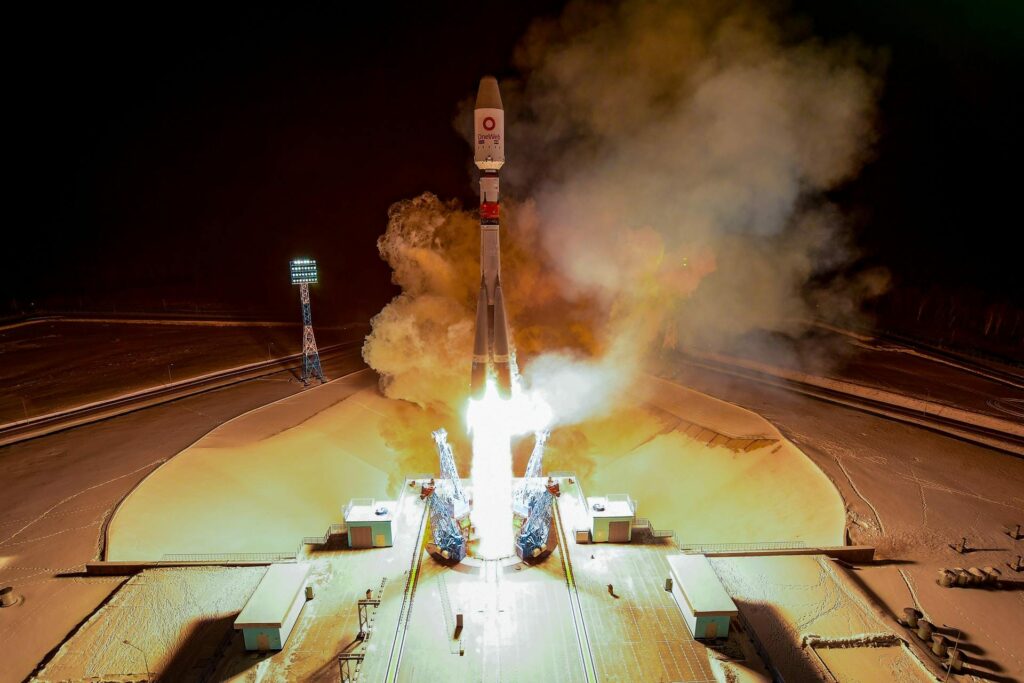
Apparently, Dmitry Rogozin hoped that this would humiliate OneWeb, forcing its leadership to bow and scrape before the Russian corporation. He made a big mistake. It soon became known that SpaceX had agreed to launch some of the remaining satellites of the system. And even if the war ends soon and sanctions on Russia are lifted, it is clear that after from OneWeb’s precedent no sane customer will sign a contract with an organization that first takes full prepayment and then blackmails its customers in such a way.
Launches of “Unions” from the Kourou spaceport
Roscosmos’ second major commercial contract was an agreement to launch Soyuz rockets from the Kourrou spaceport in French Guiana. It was a really beneficial agreement for both parties, which clearly demonstrated all the benefits of international space cooperation. Now, however, it demonstrates the danger of what happens when Western governments for economic reasons turn a blind eye to unhealthy political processes and frantic ideological dancing.
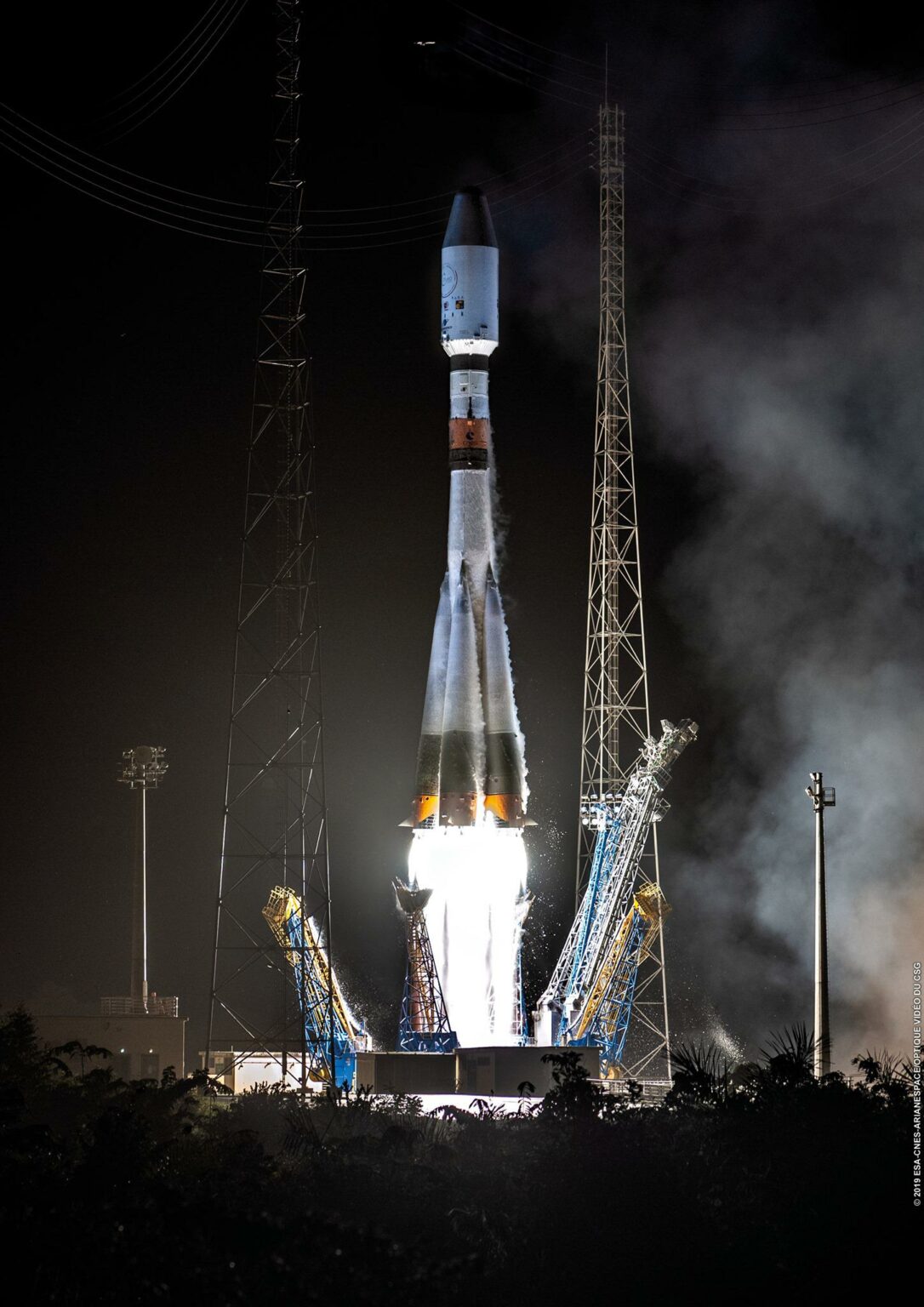
The suspension of the Soyuz launches from the Kourou spaceport has certainly created a number of problems for Europe. After all, at least six missions have been signed for them over the next few years. But at the same time the situation is in no way unsolvable. Some of the launches will probably be taken over by SpaceX, some will have to be postponed until the new Ariane 6 rocket is ready.
Once again, Europe’s problems are incomparable to the image losses of Roscosmos, which lost such an important contract and showed all the dangers of cooperation with the insane country.
ExoMars program
Among the losses of Roscosmos after February 24, we have to name its most important project in 2022: the participation in ExoMars mission. ESA has now officially confirmed that it will not use the Russian missile and the Russian-built Kazachok landing platform for this mission.
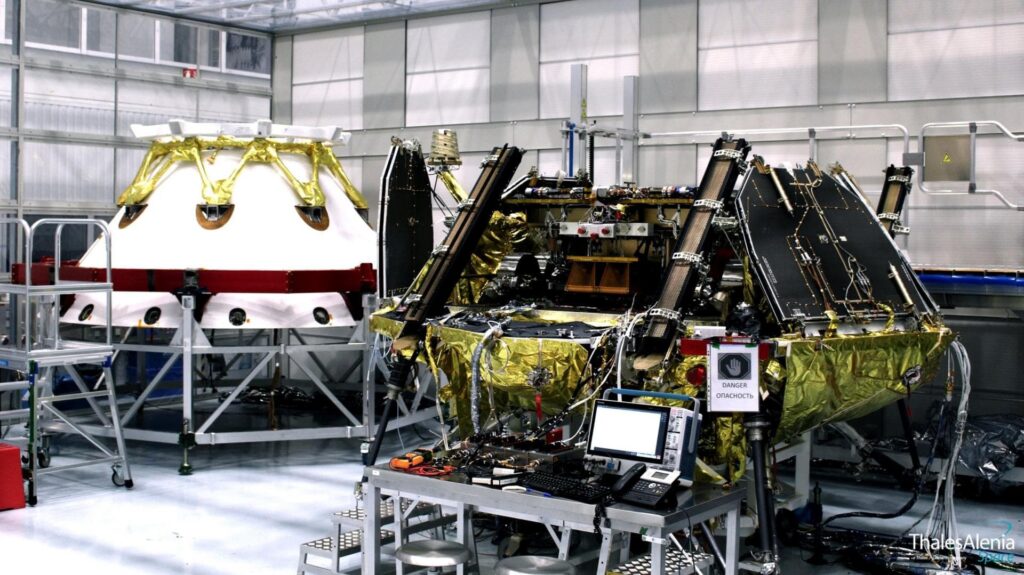
Kazachok is in the EU now, by the way. It is unlikely that Europeans will be like Russia and steal other people’s space technology. However, since some of the platform’s scientific instruments are made in Europe, it is likely that the total rescue from imported components will be set as a condition for its return to homeland.
Of course, the chiefs of Roscosmos are trying hard to pretend that nothing terrible has happened and Russia will be able to use the platform in its own Martian mission. However, this is still hard to believe. First, in its entire history, Russia has failed to carry out any independent interplanetary mission. Secondly, there is the question of the landing system itself. The parachutes installed on the Kazachok were built by European companies and tested with the support of NASA. It is unlikely that Roscosmos will be able to create a workable replacement. Russia’s hopes for China are vain as well. The eastern superpower has its own very successful Martian program, which has long surpassed all Soviet achievements. And it is not entirely clear why China should sign the project with openly dubious prospects. Moreover, the previous attempt to cooperate with Russia within the framework of the Phobos-Grunt mission ended very sadly.
Single commercial contracts
Roscosmos also had several individual contracts for the launch of satellites (as both main and way cargo) with various companies and research institutions. Over the past month, most Western customers have quickly announced the cessation of cooperation with Russia and the search for other launchers. But still some remained.
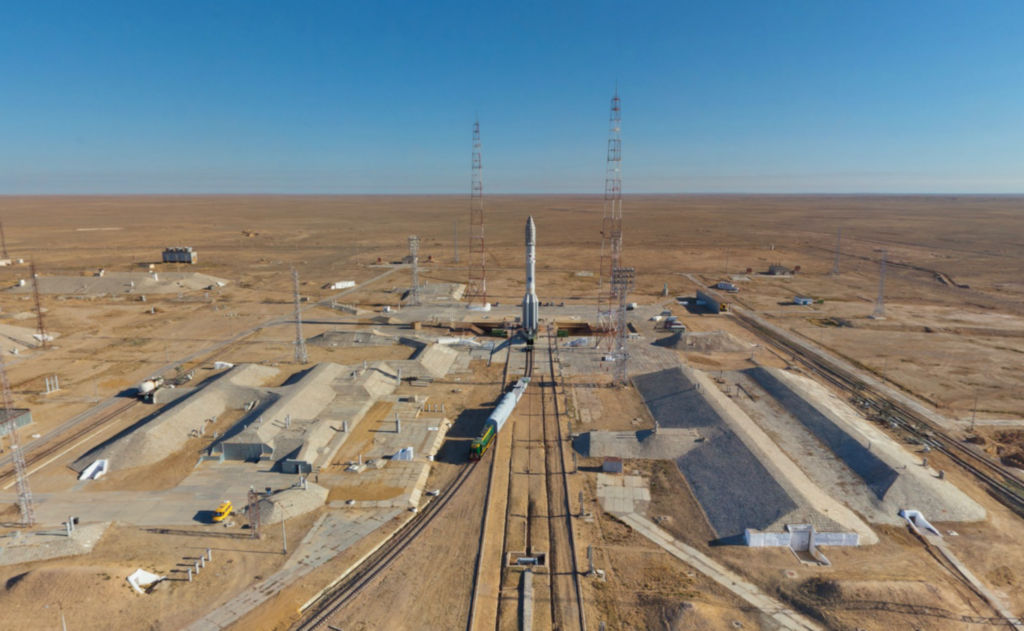
At the present moment, there are some potential foreign “passangers” for Russian commercial launch systems: South Korean satellites CAS500-2 and KOMPSAT-6, Angolan Angosat-2 and Bangladeshi Bangabandhu Satellite-2. Even if Roscosmos retains all these contracts (and in the case of the South Korean satellites, this raises some doubts), in the coming years we are unlikely to see long lines of those wishing to use Russian rockets. This will be affected by both sanctions and other problems, such as the inability to adequately insure the launch. Yes, in the future, Roscosmos will probably be able to sign new contracts for the launch of some Asian or African satellites from “ideologically friendly countries”, but this will be a drop in the ocean compared to what it was only ten years ago.
By the way, Roscosmos has already loudly stated that the rockets made available due to termination of Western contracts will be given for free to launch private Russian satellites. There is only one small nuance. Russia simply does not have a private aerospace industry, which is not surprising given the political and business climate inside the country. Some startups, such as Dauria Aerospace, have closed, while others are in such a state that they are unlikely to be able to build any space devices in the near future. So here we should not wait for breakthroughs.
Engines
Shortly after the start of the full-scale war, Dmitry Rogozin proudly announced the cessation of supplies of “the world’s best rocket engines” to the United States. These are power units RD-180 and RD-181. And, by the way, if this had happened somewhere around 2014, it could have really had serious consequences due to the lack of alternatives.
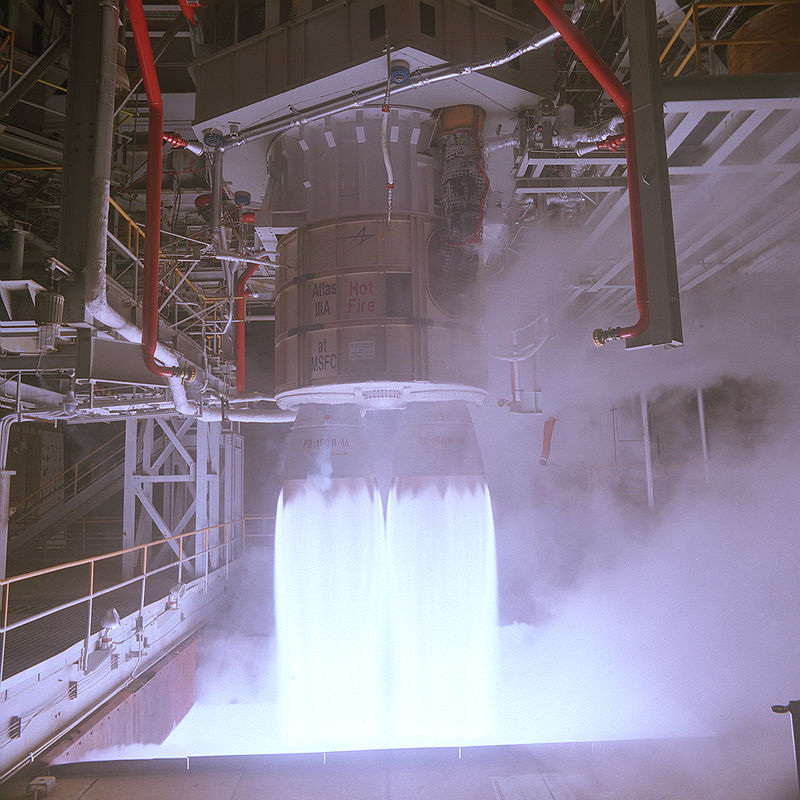
But now is 2022, and a few years ago the ULA launcher decided to decommission the Atlas V rocket, the first stage of which uses RD-180 engines. The last batch of them was delivered to the United States last year. And in twenty years of operation, American engineers have gained more than enough experience with the RD-180 to safely carry out the remaining launches without technical support from Roscosmos.
As for the RD-181, they are mounted on the first stage of the Antares rocket, which is used to launch Cygnus supply ships. And, by and large, the ban on their supply is more like a shot in the leg, because in fact Roscosmos is trying to prevent the operation of the ISS — the last major international project in which it is still involved.
Meanwhile, although the suspension of supplies of RD-181 will create some difficulties, it is not fatal for the ISS. First, the station is supplied by many different ships. Secondly, the US has stocks of RD-181 engines, which should be enough for a few more starts (on average, Cygnus fly to the station twice a year). This leaves enough time to solve the problem: either to replace Cygnus with other ships, or to re-equip Antares with other engines.
Interplanetary missions and the ISS
Roscosmos has nothing good to expect in the field of interplanetary missions as well. In fact, it has only the long-suffering Luna-25, which is scheduled to launch in the summer of 2022. Given the tightening of sanctions in the field of electronics, it is difficult to imagine that Russia will be able to build devices for the announced missions “Luna-26″ and “Luna-27″. The only hope is for China’s helps (but will they?). As for Venus-D, this project is already officially closed.
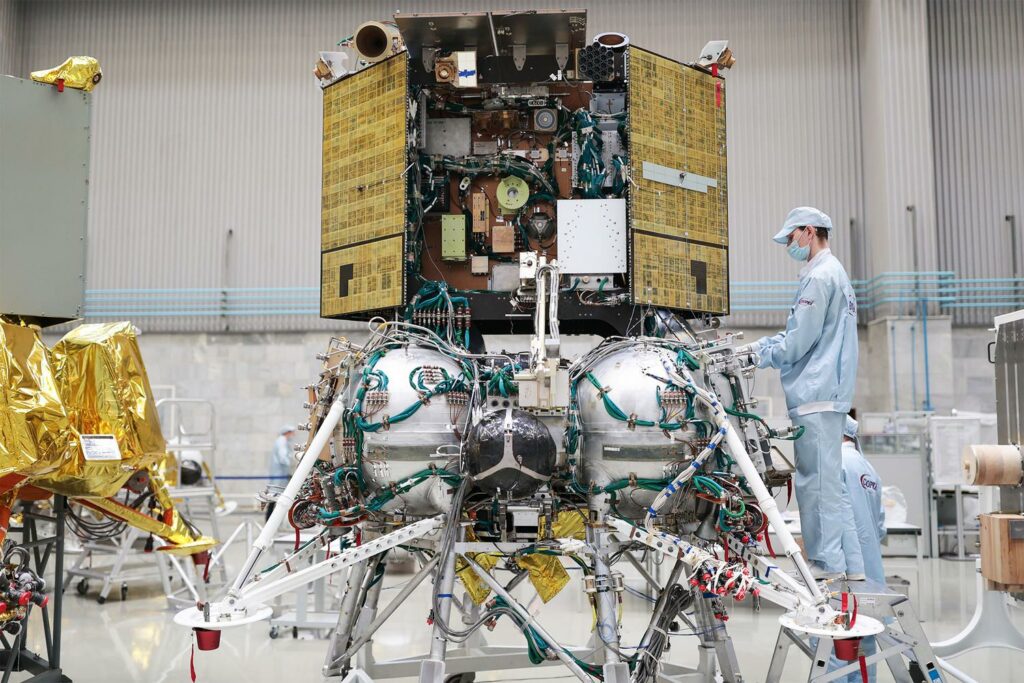
The only major project left in Roscosmos is the ISS. Due to technical reasons, the dissection of the station into two segments is virtually impossible. The cessation of the complex will not work either, because thus Russia would actually put its entire manned program on death row due to the lack of possibility of creating any replacement in the near future.
The problem is that Russian officials are not very good in logics. And, according to Dmitry Rogozin’s recent ultimatum tweets, Roscosmos is seriously considering leaving the ISS in the near future and sabotaging Western countries’ attempts to continue its work. Of course, it will not even be a shot in their own leg, but in their own head. The maximum that Roscosmos can count on by the end of the current decade is the launch of hastily redesigned scientific and power-supply modules. It is hardly necessary to explain the value of such a station. And China certainly will not save Russian manned space program, because the orbital method of the new Chinese station does not physically allow it to organize cooperation with Russian spacecraft.
But if common sense still prevails (which is hard to believe), then, together with military missions and rare launches for customers from third world countries, the ISS will remain among the last remnants of former greatness of Roscosmos. But, again, we must understand that after the commencing the large-scale war, the situation has changed dramatically. Russia has already stopped conducting joint experiments on the ISS. You can also forget about the new flights of space tourists on Russian ships. So the only thing that awaits Roscosmos in the future is a slow agony (or a quick one — if Rogozin fulfils his threats).
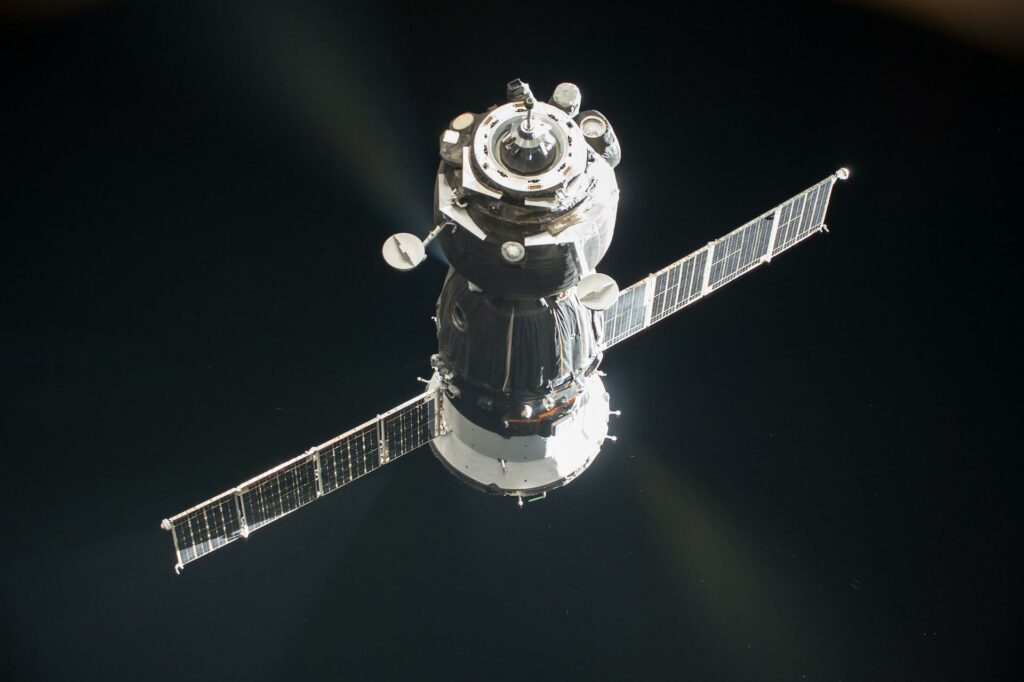
However, ordinary Russian folcs, accustomed to feeding on television propaganda, are unlikely to notice anything. And in any case, they can always be shown the film “Challenge” shot last year on the ISS. It is no secret that many members of the Russian space industry have criticized this project for jeopardizing the country’s scientific program. But since overall prospects of science in Russia are quite gloomy due to sanctions and the brain drain, this might be considered an example of exceptionally successful import substitution. The main challenge here is to convince your own self of this.

